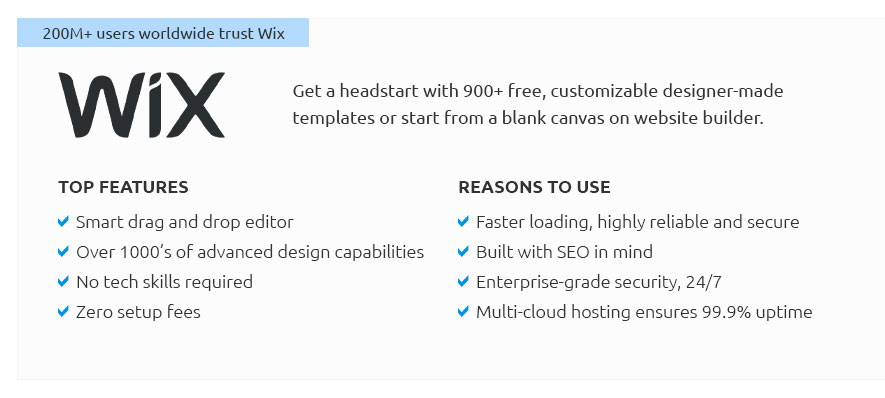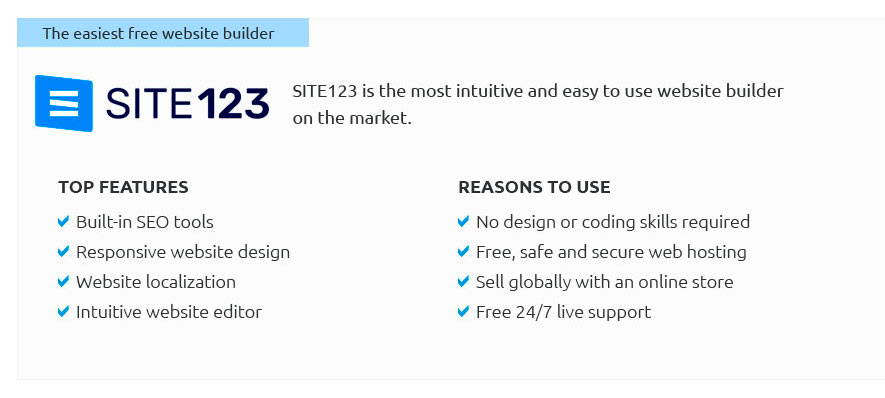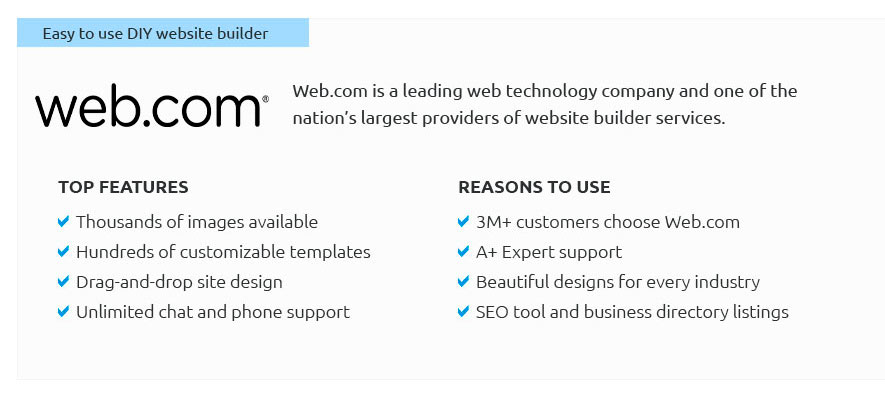 |
 |
 |
 |
|
 |
 |
 |
|
 |
|
 |
 |
|
 |
|
 |
|
 |
 |
How to Set Up a Website: A Comprehensive GuideIn the digital age, having a website is akin to owning a piece of virtual real estate; it's where you establish your presence, share your ideas, or even conduct business. Setting up a website might seem daunting at first, but with the right guidance, it becomes a straightforward endeavor. This article will walk you through the process, offering practical advice and subtle insights based on years of experience. Choosing the Right PlatformThe first step in creating a website is selecting a platform. For beginners, platforms like WordPress and Wix are highly recommended due to their user-friendly interfaces and vast libraries of templates. WordPress, in particular, powers a significant portion of the internet, offering flexibility and scalability. While Squarespace provides elegant design options, it might feel a tad restrictive to those looking to customize extensively. It's crucial to evaluate your needs-do you prioritize ease of use, design, or functionality? Registering a Domain NameYour domain name is your website's address on the internet. It's vital to choose a name that is memorable, relevant, and easy to spell. Services like GoDaddy and Namecheap make the process of domain registration straightforward. Always check for the availability of your desired domain name and consider purchasing variants to protect your brand. Selecting a Hosting ProviderOnce you have your domain, the next step is to find a reliable hosting provider. This is where your website will live. Companies such as Bluehost and SiteGround offer excellent hosting services with 24/7 support and robust security features. When selecting a host, consider factors such as uptime guarantees, customer support, and scalability options. While cheaper hosting plans might be tempting, investing in a quality host can save you headaches in the long run. Designing Your WebsiteNow, onto the creative aspect-designing your website. This is where your chosen platform comes into play. Utilizing pre-made templates can save time and provide a professional look, but don't shy away from customizing elements to suit your brand. Pay attention to navigation, load times, and mobile responsiveness. A well-designed site not only looks good but also enhances user experience and engagement. Adding ContentContent is king when it comes to websites. Whether you're running a blog, an online store, or a portfolio, the content must be engaging and informative. SEO (Search Engine Optimization) is crucial; using keywords naturally throughout your content can improve search engine rankings. Regularly updating your website with fresh content also helps to keep visitors returning. Ensuring SecuritySecurity is often overlooked but is a vital aspect of website management. Implementing SSL certificates, using strong passwords, and keeping software up to date are essential practices. Many hosting providers offer security features, but it’s wise to consider additional plugins or services if your website handles sensitive information. Launching Your WebsiteWith everything in place, it's time to launch your website. Announce your launch on social media platforms, email newsletters, and any other channels available to you. Monitor your site's performance using tools like Google Analytics to understand visitor behavior and make data-driven improvements. ConclusionSetting up a website is an empowering venture that opens up a world of possibilities. While there are numerous steps involved, each is manageable with a bit of patience and research. Whether your goal is to share your passion, build a business, or create a personal brand, a well-executed website can serve as a powerful tool to achieve your ambitions. As you embark on this journey, remember that the digital landscape is ever-evolving, so stay curious, keep learning, and adapt as needed. https://www.reddit.com/r/webdev/comments/eozqi5/how_to_build_websites_for_local_small_businesses/
I wanted to ask how do I get about to building websites and showcasing a portfolio to potential clients with the knowledge that I have. https://www.canva.com/website-builder/
How to build your Canva Website - Launch Canva. Search for 'Website' in Canva. - Customize your website template. Customize your one-page website with your own ... https://backlinko.com/how-to-create-a-website
Step 1: Define Your Website Goal - Step 2: Choose Your Domain Name - Step 3: Choose a Hosting Provider (If Required) - Step 4: Pick a Website ...
|